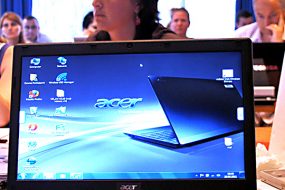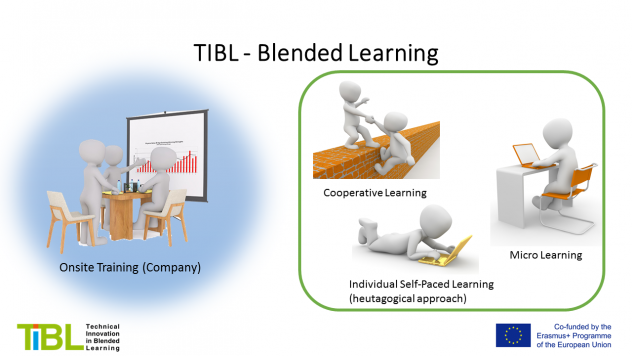
Blended learning – a type of technology enhanced learning
Blended learning has become a mainstream approach to learning in higher education. Teachers are commonly drawing upon a mix of digital technologies and face to face approaches to enhance the learning outcomes of their students. The term itself blended learning has many definitions which are varied in the explanations. On behalf of International Council for Open, and distance Education (ICDE) Ossiannilsson (2017) wrote an insight paper on blended learning, its terminology, definitions, history etymology, implementation, and quality enhancement. She emphasized from the research study that blended learning designs have headed the list of trends in higher education the most recent five editions of the NMC Horizon Report (Adams et.al., 2017), partly because of their role in increasing the flexibility and convenience of students (Ossiannilsson, 2017).
Briefly, blended learning is the fusion of online and face‐to‐face contact between teachers and students. Blended learning environments include not only the physical presence of teachers and students but also the students’ ownership and control of time, place, setting, path, and pace at which their learning takes place (Banditvilai, 2016). Blended learning concerns mindset and pedagogy more than it does technology. In educational programs, both formal and informal, the use of the blended learning model is accepted as the mainstream approach to learning in schools, colleges, and universities across the globe inline with technological development and increased digitization.Thus, the ecosystem of blended learning must be embraced to ensure the quality of a culture of blended learning (Ossiannilsson, 2017).

Modern approach to Blended Learning
The two most often cited definitions are provided by the Christiansen Institute and Wikipedia.The former defined blended learning as:
Blended learning is a formal education program in which a student learns; at least in part through online delivery of content and instruction, with some element of student control over time, place, path, and/or pace; at least in part in a supervised brick-and-mortar location away from home, and the modalities along each student’s learning path within a course or subject are connected to provide an integrated learning experience (Christiansen, Horn & Staker, 2013 p.8).
The latter definition is as follows:
Blended learning is a formal education program in which a student learns at least in part through the delivery of content and instruction via digital and online media with some element of student control over time, place, path, or pace. (Wikipedia, 2017).
From the research study by Ossiannilsson (2017) it becomes also clear that the concept is culture and time dependent, and thus vary.
Authors: This description is part of a publication done for the
CSEDU (Conference for Computer Supported Education) 2018 to present the TIBL Project by
Peter Mazohl (University of Technology Vienna, Wiedner Hauptstraße 8-10, 1040 Wien),
Ebba Ossiannilsson (2Swedish Association for Distance Education) and
Harald Makl (Pädagogische Hochschule Niederösterreich, Mühlgasse 67, 2500 Baden)
Adams, Becker, S., Cummins, M., Davis, A., Freeman, A., Hall Giesinger, C., & Ananthanarayanan, V., 2017. NMC horizon report: 2017 higher education edition. Austin, Texas: The New Media Consortium
Christensen, C., Horn, M., Staker, H., 2013. Is K-12 blended leaning disrupve? An introduction to the theory of hybrids. Clayton Christensen’s Institute for disruptive innovation.
Ossiannilsson, E., 2017. Blended learning, The state of nations. Oslo: International Council for Open, and distance Education (ICDE): Retrieved from https://icde.memberclicks.net/assets/RESOURCES/Blended Learning ICDE Insight Paper 2017 compressed.pdf

